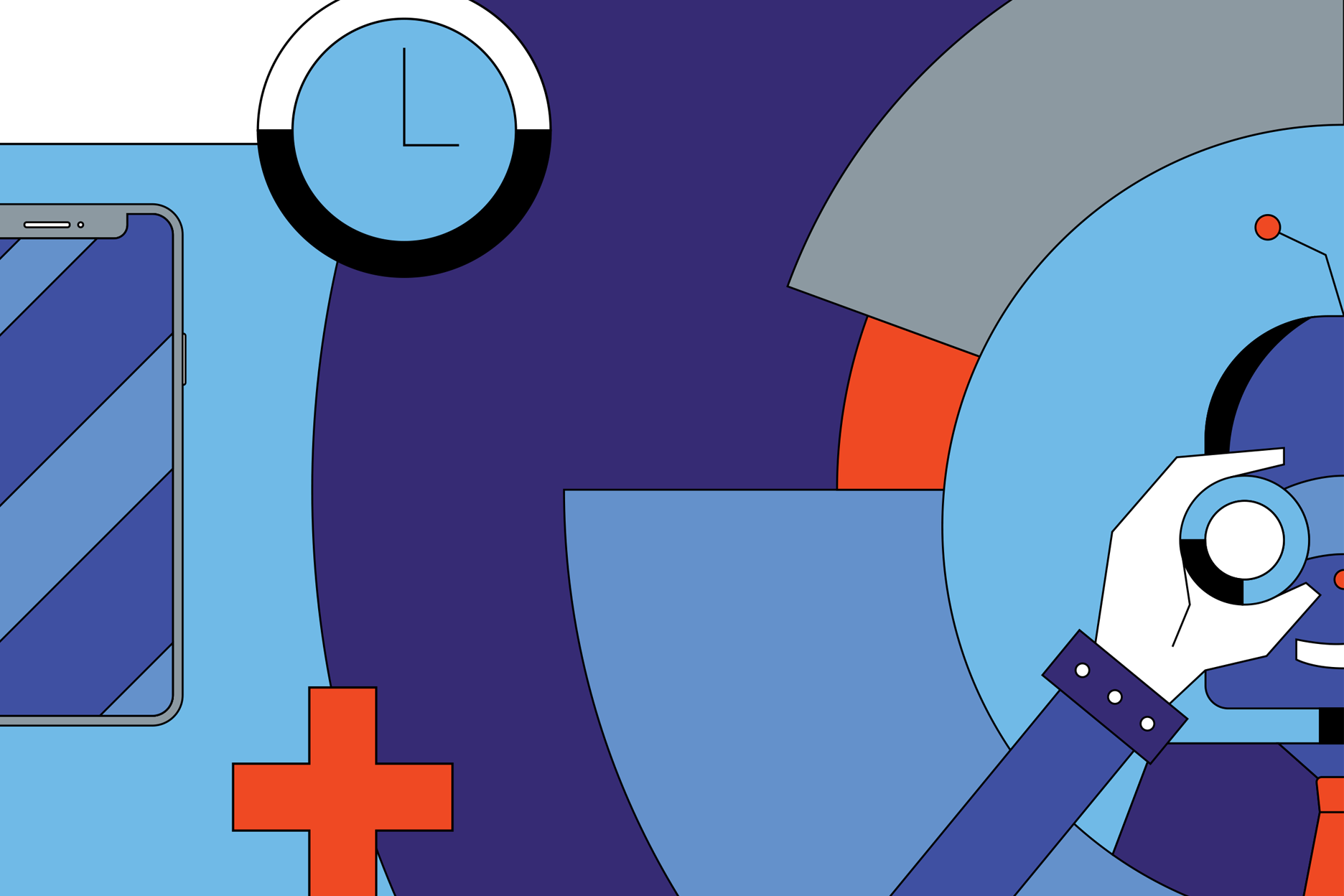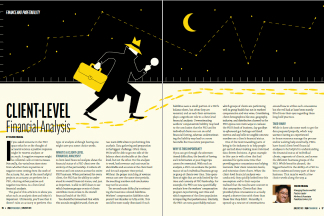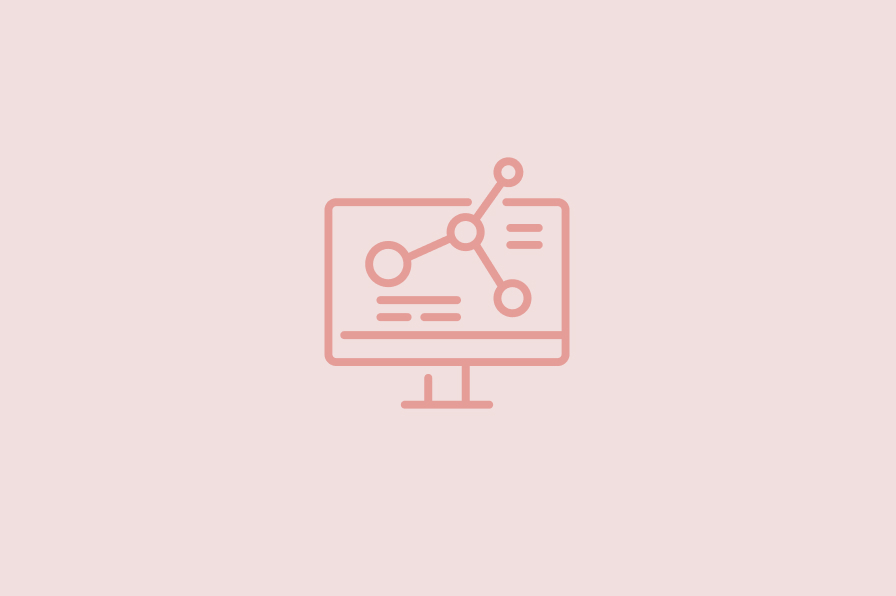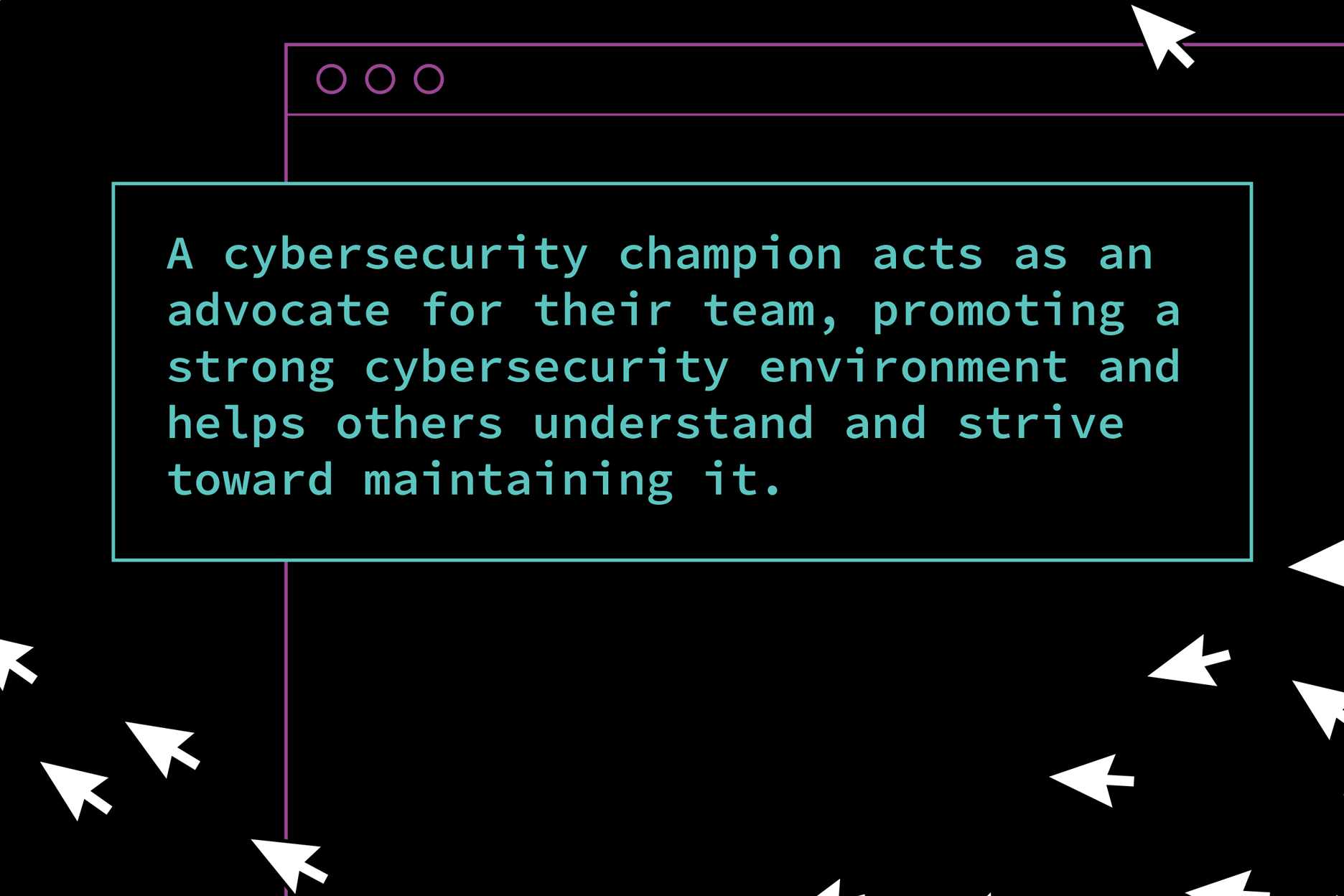THE FUTURE OF PEO TECH: SWIMMING IN DATA AND DIVING INTO ANALYTICS
December 2023/January 2024


Big data, digital transformation, analytics, artificial intelligence, machine learning, data warehouses, data lakes, etc. Sometimes it feels like we’re swimming in too much terminology and drowning in data.
But data should never be set adrift in the business world; it just hasn’t always been used to its full potential. Today, any business that doesn’t capitalize on data advancements risks being swept away with the tide. PEOs in particular should think of data as a direct pipeline to the resources you and your clients need to navigate the complex world of HR and compliance, and make better business decisions in the process.
Whether we realize it or not, data is influencing us every day, including every time we pick up our smartphones. Ever get a targeted ad on Facebook saying you might be interested in a certain topic? Those are all triggered by data collected from our phones, and advanced technology is in place to drive the notifications you see and when you see them.
But unlike social media, with HR outsourcer (HRO)-related data we get to choose what we want to see, what we don’t want to see, and what we do and do not want to share. SMB operators know their businesses best, so PEOs can either help them filter and slice the information however they see fit or allow them to do it on their own. From there, they can benefit from the tools and data science incorporated to help categorize tables, charts, and datasets in such a way to develop a source for parsing information that is valuable to them.
All of the raw and unprocessed data can be stored in a central repository, aka a data lake, and accessed after it has been filtered and curated by a data warehouse to get you the information you and your clients need when you need it.
Productivity down? Data can help you diagnose the problem, and advanced analytics can even offer prescriptive solutions. Think of it as a sixth sense to enhance your decision-making capability.
And what if you could benchmark employment trends for your clients to show them how well they are doing compared with their peers?
TECH DEVELOPMENTS
Ever since I started my first company in the mid-’90s, I’ve been exploring ways to use data to create real HR-related insights. Most recently, I worked to help companies and employees make smarter benefits decisions through data.
That was a couple of years ago. With rapid developments in generative AI (think ChatGPT) and machine learning, those types of decisions can now be made in almost real time—and offer more insights, too.
PEOs and their small- and medium-sized business (SMB) clients will be able to make better long-term, data-driven decisions that will help them stay ahead and better prepare for the future. For example, maybe an SMB has a policy that they don’t offer benefits until after 60 days of employment. It might seem like a cost-effective move, but the data shows that some worksite employees aren’t making it past that time frame before leaving. It might be time to address those benefit requirements with the SMB to see if there are options available to help them keep their best workers longer and more engaged.
That’s because big data, meaning a high volume of stored information, can almost always be used to “see” trends before humans can, and data has become one the most important differentiators in the ever-present struggle to retain and attract talent.
For instance, companies can use performance management software to help improve workplace culture. By compiling data throughout the year rather than waiting for the annual review, performance management can help set employees up for success and improve morale by ensuring any course corrections are made promptly with the individual. It also helps to avoid recency bias when it comes to compensation rewards as well as promotion opportunities. Additionally, it can help companies determine if, for example, a worker has room to grow in certain competency areas and prescribe the proper training opportunities.
This is where tech advancements related to data are heading in the PEO space to help SMBs make better decisions for the organization and their people.
DIGITAL TRANSFORMATION
Digital transformation means many different things to different people from a technology perspective.
The concept is omnipresent nowadays: We can find AI in our Starbucks coffee apps, of course, helping us decide what we should order, and it’s a huge part of the success of lodging apps like Airbnb that allow us to find nontraditional places to stay when we head out of town. It also plays a key role in enhancing traditionally non-tech product categories like glasses that can now be equipped with Augmented Reality (AR) to bring the real and virtual worlds together like never before.
A study published in the Harvard Business Review found that digital leaders had a 4-percentage point advantage on return on tangible equity (ROTE) vs. digital laggards in 2022 (19.3% vs. 15.3%) and a 3.2% higher average annual shareholder return (8.1% vs. 4.9%). In other words, digital transformation makes economic sense. Truth be told, digital transformation has been a key component of HR for years.
As Jeff Bezos once said, “There is no alternative to digital transformation. Visionary companies will carve out new strategic options for themselves—those that don’t adapt will fail.”
It’s hard to disagree with that.
DATA VISUALIZATION
Data is all about numbers and information, right? But numbers and facts don’t necessarily tell the whole story.
Data visualization can offer a much clearer picture. It allows you to see trends beyond the numbers, and in the HRO space, that could be related to things like benefits, payroll or any other HR-related topic.
When companies can see trends emerging in terms of cost, frequency, etc., they can make smarter business decisions, and being able to give SMBs the customized reports they want will not only delight them but also empower them—and you. Having advanced analytics will allow you and them to drill down in ways that were previously impossible, and data visualization will give you and your clients the capacity to see things the way you want to because every business has different data needs.
Decentralized, disparate data has been the norm in the PEO space as well as other industries for generations, but it doesn’t have to be going forward. Data visualization, which harnesses the power of centralized data, is all about bringing patterns and trends to the surface in an easy-to-understand, modern and customized fashion to suit your and your clients’ needs.
Better people retention and talent acquisition is often the goal with HR data. If an SMB is hiring poorly and laying off people, as a PEO, it could impact your State Unemployment Taxes (SUTA), so wouldn’t you want to know what’s going on as early as possible?
Analytics plays a crucial role in PEO operations. PEOs should be able to provide clients with predictive insights related to workforce trends, turnover rates and talent acquisition strategies. From a PEO perspective, you should be able to drill down to easily find information on profit by client as well as track clients’ pay codes, etc.
Think about how many tasks are performed by robots nowadays that previously humans were tasked with, such as tightening screws on an assembly line. Sure humans can do it, but how well and how fast? Technology adds efficiency and never has to take a break. Also, repetitive tasks inevitably lead to errors; it’s just the way humans are built. Even NBA superstar Steph Curry misses about 9% of his free throws and he’s one of the best free throw shooters to ever play the game, so it’s not surprising to think that all humans will make data-related mistakes and omissions as well. Technology offers an unmatched potential to collect information consistently based on the parameters and inputs that humans request.
GETTING THERE
The question you might be asking yourself is, “Why now?” For one, AI and machine learning have come a long way in just the past year or so. The technology is not new, but the advanced capabilities are, so leveraging that type of predictive analytics is something almost any B-to-B software platform should consider to help their customers get ahead.
When I entered the PEO world less than two years ago, what I saw was an ocean of opportunity because PEOs collect terabytes and terabytes of data, but it was all decentralized.
PEOs and their SMB clients haven’t always been able to enjoy the data-based decision-making capabilities that their large Fortune 500 colleagues have, but there’s no reason for that anymore. From a technology standpoint, the first big obstacle we had to tackle at PrismHR was being able to centralize data putting us on a path to where we needed to be.
By streamlining data, decisions can be made much quicker with fewer impediments to insights. It also creates efficiency to generate reports much quicker. In some cases what took hours now takes seconds.
DESIGNING THE FUTURE
Finally, another key part of all of this is user experience and connectivity. Let’s face it: Millennials and Gen Z grew up with much more advanced technology than previous generations. They also expect reports to be not only useful but intuitive as well. They are looking for an easy way to generate insights and digest the information they need with a modern look and feel. Well-designed reports can be a key driver of PEO revenue as companies hope to retain and attract new clients.
Once you peel back the “onion” and understand what’s possible with data visualization, the insights might amaze you. What I tell people is you don’t have to boil the ocean. It’s really about taking pieces of data to start, getting small insights and going from there. Those small insights will help garner even more insights, and you can start influencing decision-making.
There’s no question that when it comes to data and analytics in the PEO space, it’s time to go for a swim and dive into a true analytic future.
-
SHARE
- Copy to clipboard



